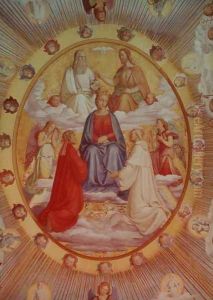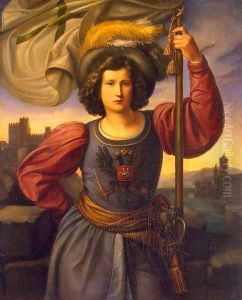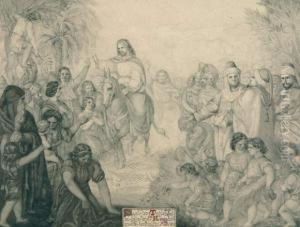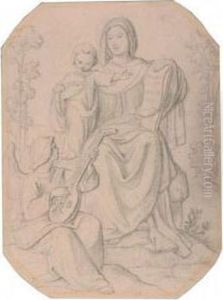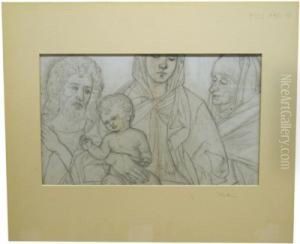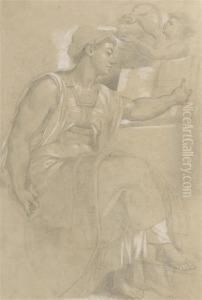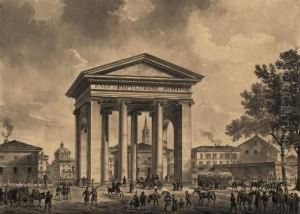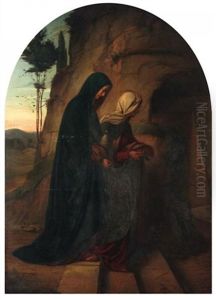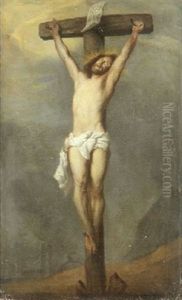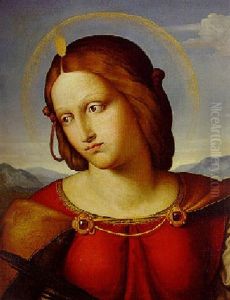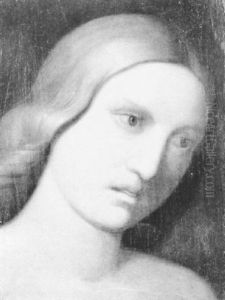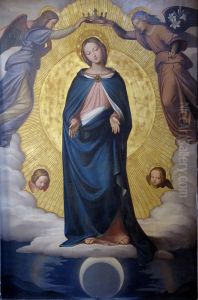Philipp Veit Paintings
Philipp Veit was a significant German Romantic painter, born on February 13, 1793, in Berlin. He was deeply embedded in the early 19th-century Romantic movement, which emphasized emotion and individualism as well as glorification of the past and nature. Veit's contribution to the arts was notable for its revival of fresco painting and its association with the Nazarene movement, a group of early 19th-century German Romantic painters who aimed to revive honesty and spirituality in Christian art.
Veit's early life was marked by the Napoleonic Wars and the cultural shifts of post-revolutionary Europe. His mother, Dorothea Veit, was the daughter of the philosopher Moses Mendelssohn and later became part of the intellectual circles of her time after remarrying Friedrich Schlegel. This connection immersed Veit in the rich intellectual and artistic discussions of the day, profoundly influencing his artistic direction. Veit's initial education in art came from Dresden, and later, he moved to Vienna to study under Friedrich Overbeck and Franz Pforr, both of whom were pivotal figures in the Nazarene movement. This period was crucial in shaping Veit's artistic outlook, which blended religious themes with a romanticized view of history and nature.
Throughout his career, Veit's work was characterized by its use of religious and allegorical subjects, executed with a meticulous attention to detail and a palette that leaned towards soft, harmonious colors. His frescoes, in particular, were celebrated for their revival of this medieval and early Renaissance technique, bringing a new sense of spirituality and depth to the walls of churches and public buildings. Among his notable works are the frescoes in the Villa Massimo in Rome and the Städel Institute in Frankfurt.
Veit's influence extended beyond his own work through his roles as director of the Städel Art Institute in Frankfurt and the Gallery in Mainz. Through these positions, he played a crucial role in the development of the Romantic movement in Germany, promoting the ideals of the Nazarenes and influencing the next generation of artists. His legacy is not just in his paintings but also in his contribution to the reevaluation of art's role in society, emphasizing the moral and spiritual responsibilities of the artist.
Philipp Veit passed away on December 18, 1877, in Mainz, leaving behind a body of work that continues to be studied and admired for its depth of feeling and historical importance. His contributions to the Romantic movement and the Nazarene brotherhood represent a significant chapter in the history of 19th-century European art, reflecting the complexities and challenges of a time marked by intense cultural and political transformation.
